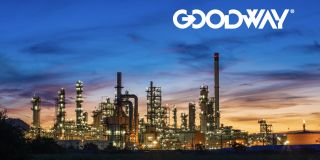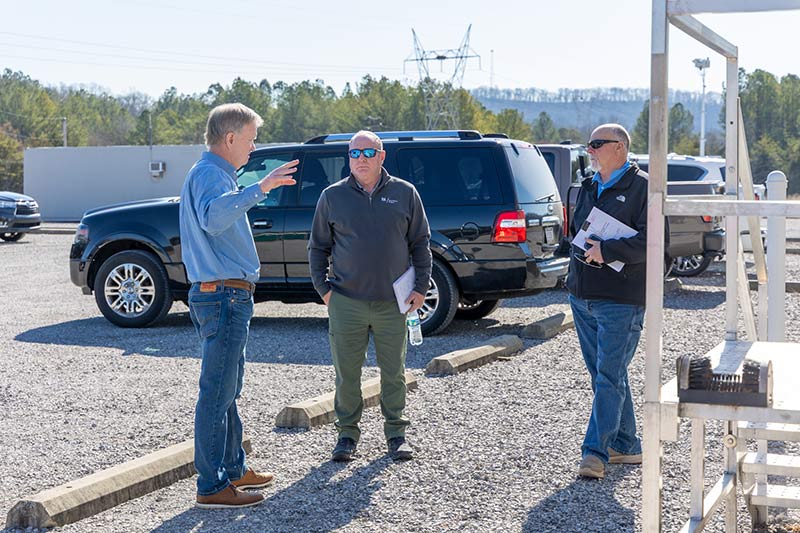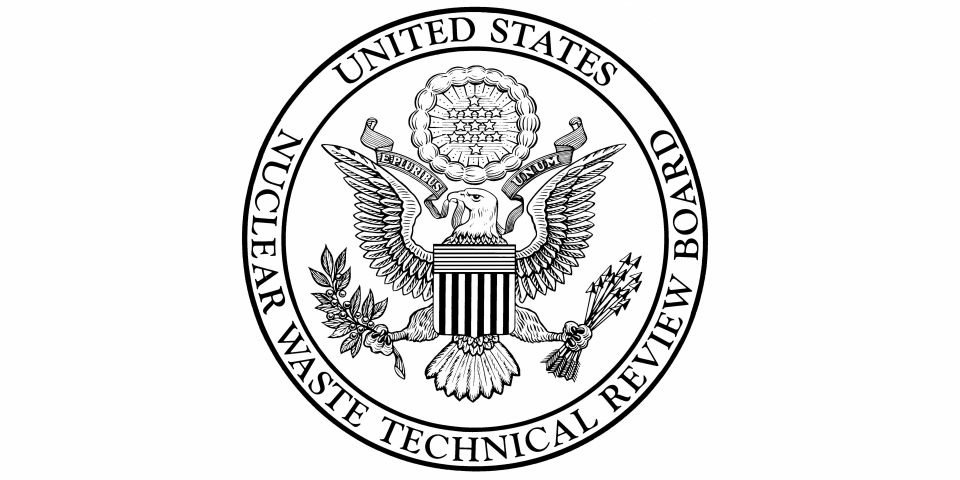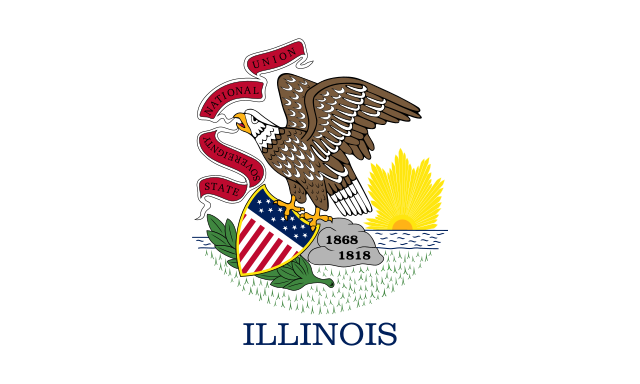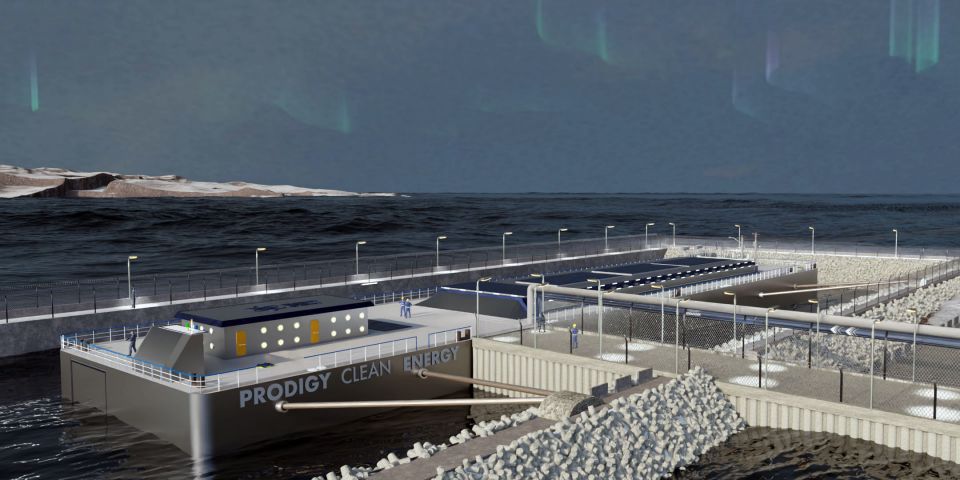Westinghouse delegation visits Congress to “sell” AP1000 nuclear technology
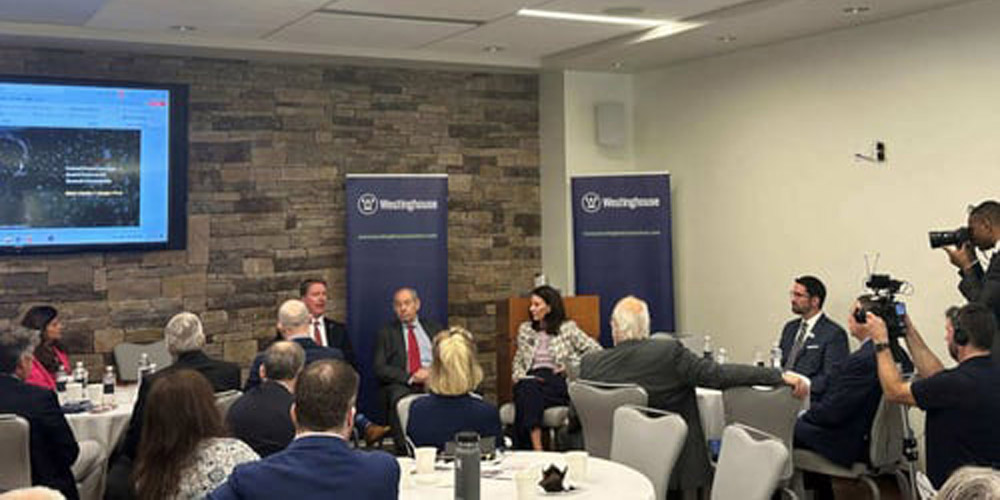
Dozens of Westinghouse employees and supply chain partners descended on Washington, D.C., last week to build legislative support for new nuclear projects.
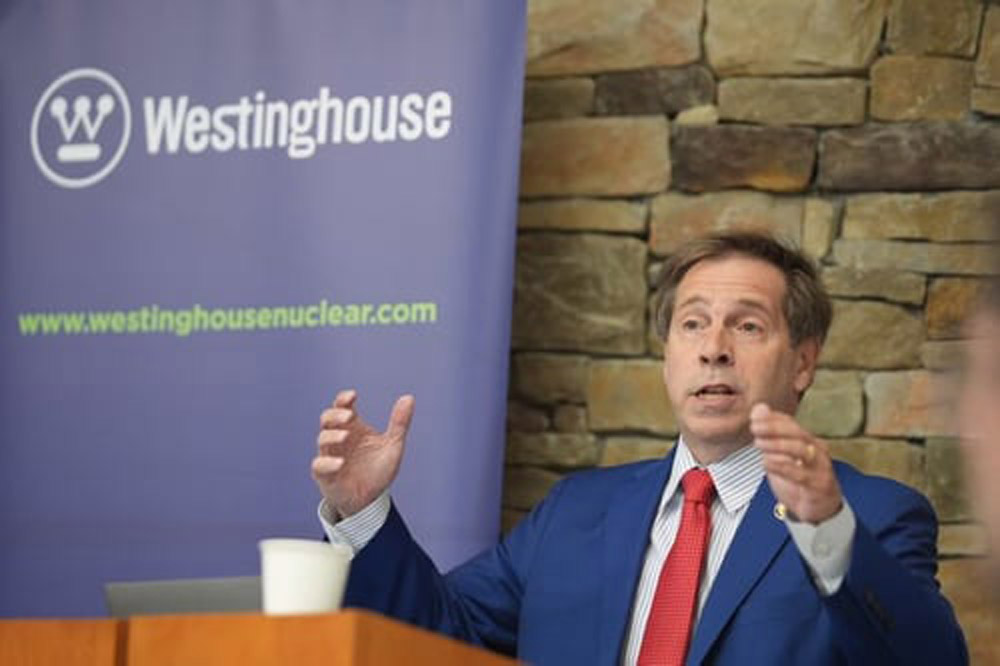
U.S. Rep. Chuck Fleischmann (R., Tenn.), spoke to the suppliers. (Source: Westinghouse)
The group arranged more than 80 meetings with their congressional delegations to educate lawmakers about nuclear energy and ask for support in deploying new reactors across the United States. Nuclear stakeholders are worried about losing investment and production tax credits as congressional Republicans look to reverse tax cuts that were included in the 2022 Inflation Reduction Act, according to E&E News.
“As the only fully licensed, construction-ready advanced reactor available today, the AP1000 technology is ready to deliver real economic benefits to the nation,” a March 26 Westinghouse press release stated. “Westinghouse is uniquely positioned in the industry to deliver proven, reliable nuclear power at scale at the lowest cost per MWe of any advanced reactor.”
Reactors in action: Globally there are six AP1000 reactors in operation, including two at Southern Nuclear’s Vogtle plant in Georgia. Vogtle Units 3 and 4—which began operations in 2023 and 2024, respectively—are the first new nuclear plants to come on line in the U.S. in more than 30 years.
Westinghouse said 12 additional AP1000 reactors are under construction and five more are under contract. There will be 18 units based on AP1000 technology operating around the world by the end of the decade, according to the company. Also, AP1000 technology is the chosen system for nuclear energy programs in Poland, Ukraine, and Bulgaria and is being considered at multiple other sites in Europe, the United Kingdom, India, and North America.
Demand for power in the U.S. and around the world is expected to grow exponentially in the next decade, largely to support electrification of the manufacturing industry and big tech’s demand for data centers to fuel artificial intelligence.
Why AP1000? Westinghouse touts the AP1000’s simplified plant design that has fewer safety-related valves, less safety-elevating piping, less control cable, fewer pumps, and less seismic building volume. The two-looped pressurized water reactor is the only Generation III+ reactor with design certification from the U.S. Nuclear Regulatory Commission.
The AP1000 design uses advanced passive technology, including natural circulation that relies on gravity and convection, “to operate in the highly unlikely event of an accident, rather than having to rely on operator actions and AC power,” according to a Westinghouse fact sheet.
If it were to experience a station blackout, for example, the plant would go into a 72-hour “coping period,” meaning it would cool itself down and remain safe for three days without any outside interference.
Quotable: “The AP1000 reactor can be deployed immediately, creating affordable and abundant energy as well as high-paying, highly skilled jobs through Westinghouse and its suppliers,” said Dan Lipman, president of Westinghouse Energy Systems. “Every two-unit AP1000 project built in the U.S. will create or sustain more than 45,000 American jobs in 43 states and the District of Columbia, and 10,000 construction jobs. We appreciate the productive meetings we had with Congressional members and look forward to working closely to bring more U.S. nuclear generation online.”

